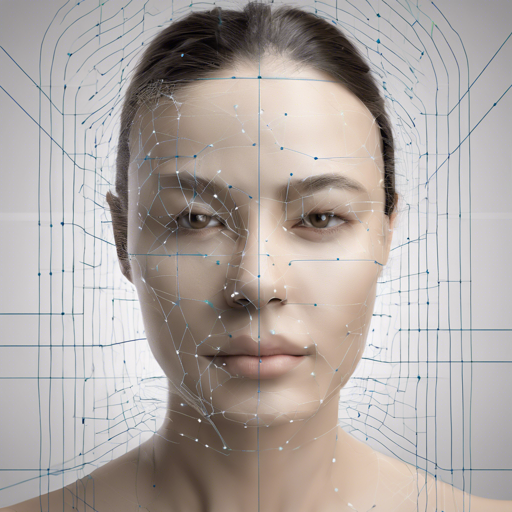In the realm of computer vision, especially concerning facial recognition and manipulation, 3D dense face alignment is a crucial technology. This article will guide you through the implementation and features of **3DDFA_V2**, an advanced solution for achieving rapid and precise 3D face alignment.
Introduction
The **3DDFA_V2** (3D Dense Face Alignment Version 2) builds upon the original **3DDFA**, enhancing performance and stability while integrating a fast face detector known as **FaceBoxes**. It has been accepted as a significant contribution in the ECCV 2020 conference, showcasing significant improvements in latency and accuracy. Users can run this project easily using the provided code repository.
Getting Started
To utilize this powerful tool, follow the series of steps laid out below.
Requirements
- Operating Systems: macOS/Linux (Windows users can refer to specific FAQ sections for guidance)
- Major Dependencies: Python 3, PyTorch, NumPy, OpenCV-Python, ONNXRuntime
- Extra for acceleration:
libomp(install withbrew install libompon macOS)
Installation Steps
- Clone the repository:
git clone https://github.com/cleardusk/3DDFA_V2.git cd 3DDFA_V2 - Build necessary components in order: NMS, Sim3DR, and faster mesh render:
cd FaceBoxes sh .build_cpu_nms.sh cd .. cd Sim3DR sh .build_sim3dr.sh cd .. cd utils gcc -shared -Wall -O3 render.c -o render.so -fPIC cd .. - Run the demos based on your needs, whether using still images or videos:
- For still images:
python3 demo.py -f examples/input/emma.jpg --onnx - For videos:
python3 demo_video.py -f examples/input/videos/214.avi --onnx - For webcam applications:
python3 demo_webcam_smooth.py --onnx
Understanding the Code: The Analogy of Face Alignment
Think of 3D face alignment like preparing a perfect meal. Your ingredients (input data) need to be fresh and correctly sourced. In this case, the initial images are your ingredients. The **demo.py** script acts as the chef, skillfully combining each ingredient while ensuring the flavors (features) come together nicely to create a balanced dish (3D face structure).
Just like a chef must have the right tools in their kitchen for optimal cooking, this project relies on several dependencies and configurations, such as the proper machine learning models, to enhance the facial alignment process. If something is lacking (like the right library), the result could be undercooked (poor results).
Troubleshooting Common Issues
If you run into problems during installation or execution, consider the following troubleshooting ideas:
- Ensure all dependencies are correctly installed and are compatible with your OS.
- Revisit your installation steps to see if any build commands were missed.
- If using Windows, check the FAQ for additional guidance regarding NMS building issues.
- For latency concerns, you might want to tweak the
OMP_NUM_THREADSsettings based on your machine’s capabilities.
For more insights, updates, or to collaborate on AI development projects, stay connected with fxis.ai.
Conclusion
At fxis.ai, we believe that such advancements are crucial for the future of AI, as they enable more comprehensive and effective solutions. Our team is continually exploring new methodologies to push the envelope in artificial intelligence, ensuring that our clients benefit from the latest technological innovations.

